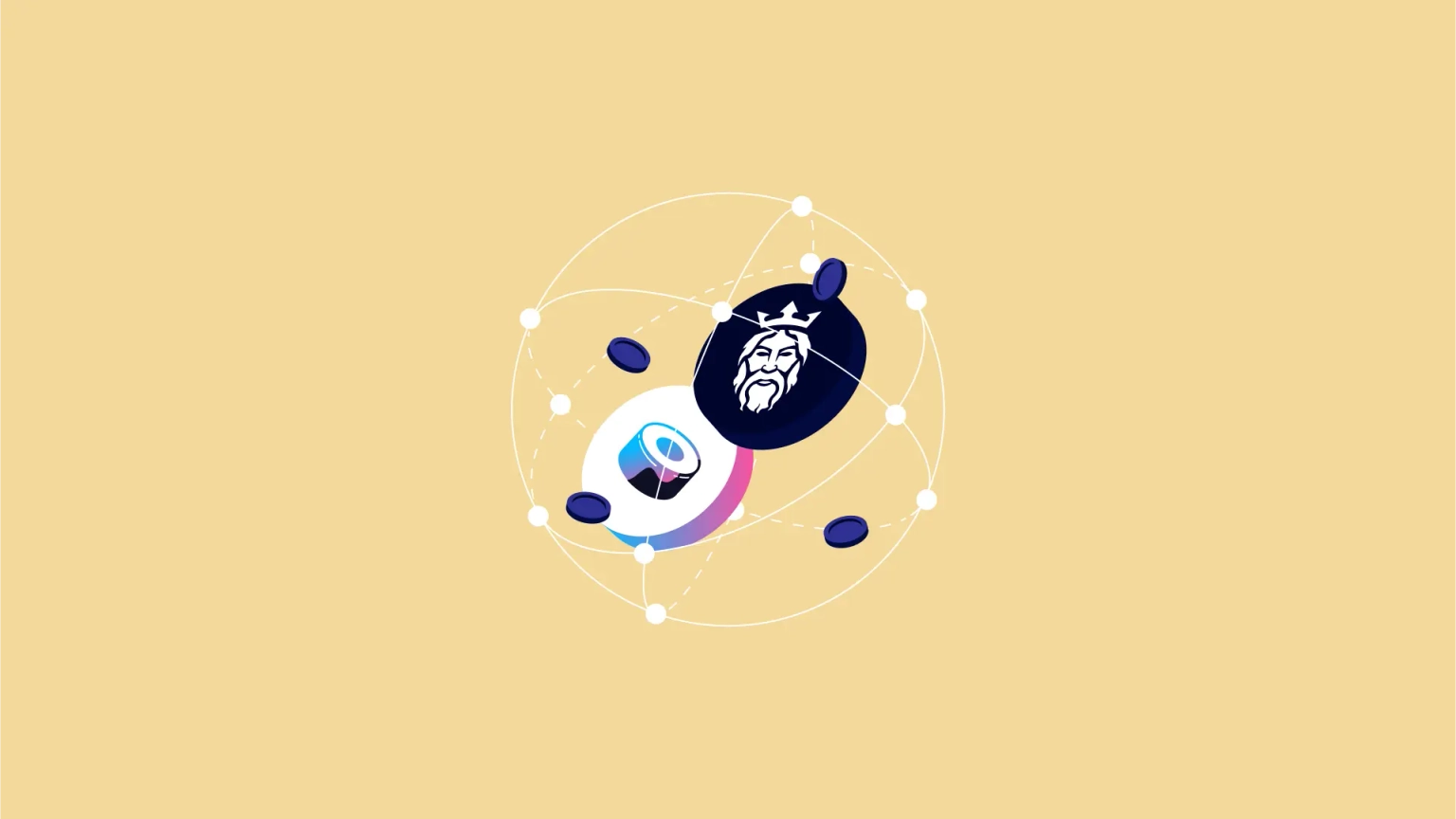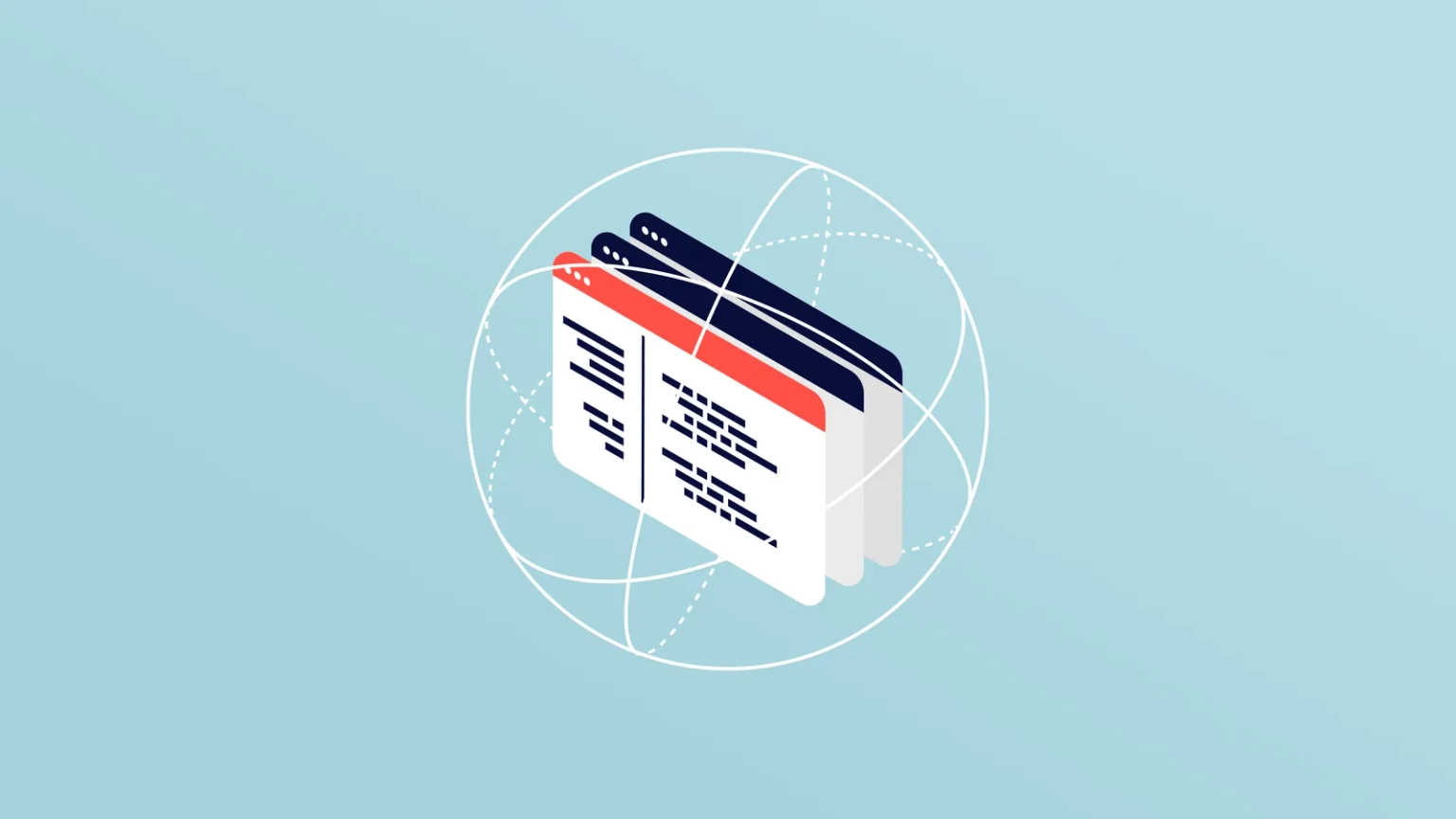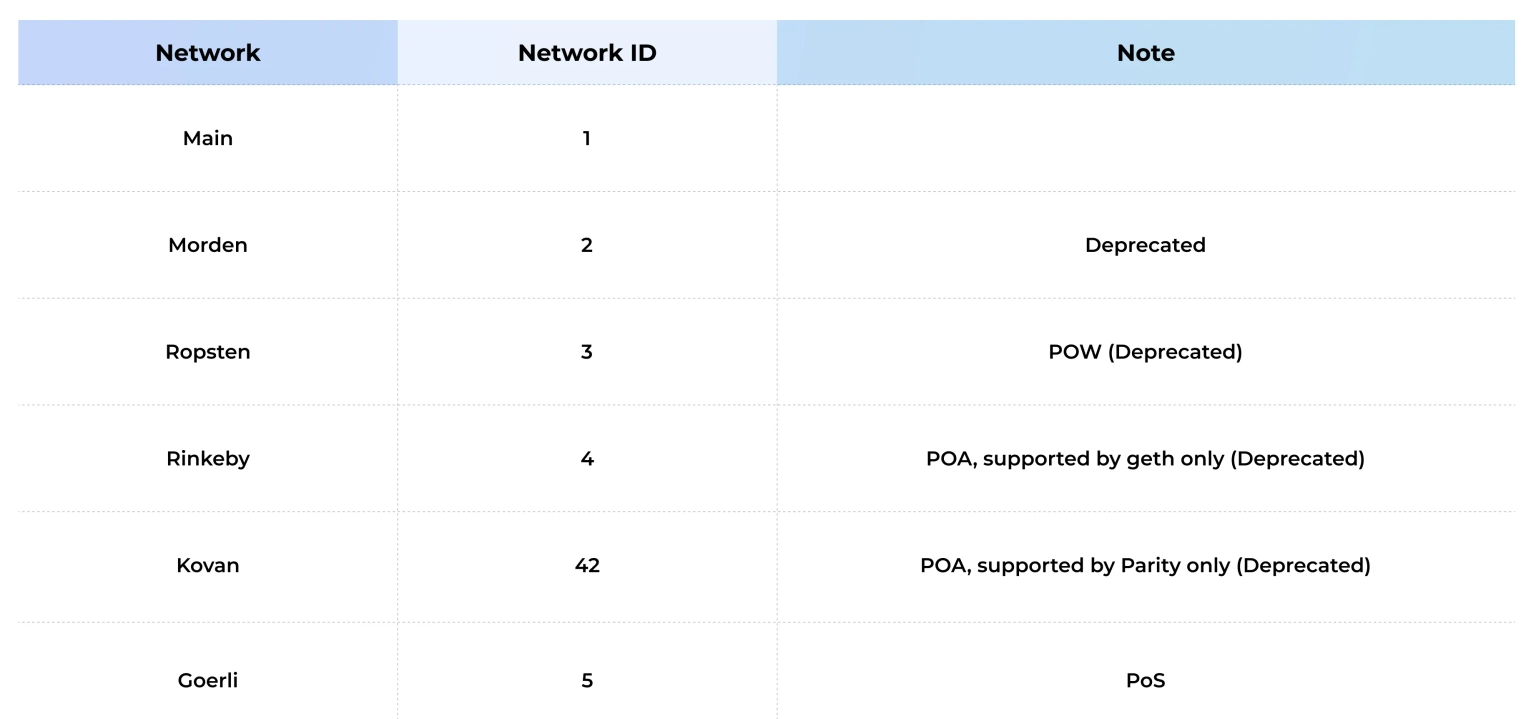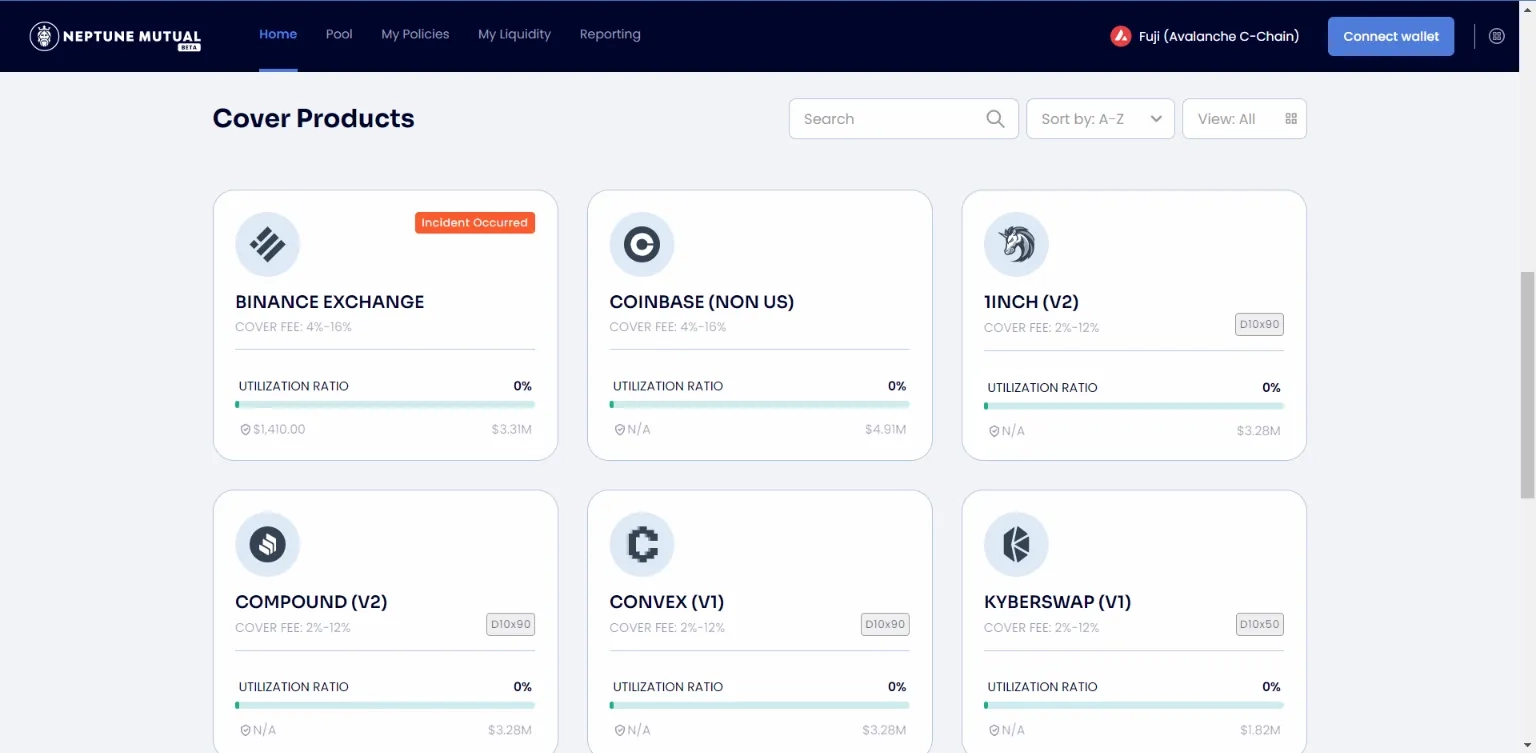
Collaboration between Neptune Mutual and SushiSwap
Explore Neptune Mutual's ongoing collaboration with SushiSwap offering several benefits.
Youtube Video
Playing the video that you've selected below in an iframe

Learn about the difference between testnet and mainnet and the importance of launching the testnet.
Blockchain testnets are essential tools in the development and deployment of decentralized projects and cryptocurrencies. Testnets enable teams to deploy their protocols in a risk free environment in which users can provide valuable independent feedback and teams can check to see if their code functions as intended.
In this quick guide, we’ll be leveraging our inside experience as a protocol developer that has gone through two testnet deployments within the last few months, to demystify testnets and give some insight into why they are so crucial to the success of the blockchain ecosystem.
From the name alone, you can guess that it is an environment where you can test a network. A testnet is a parallel network designed exclusively for testing purposes.
As every good developer knows, code must undergo rigorous testing before it can be deployed for public use. But these tests must be performed in an environment that mimics the conditions of the main network (mainnet) in order to yield meaningful results. That’s where testnets come in.
These test networks act and perform similarly to their respective mainnets, but they operate on separate ledgers and are completely independent from the mainnet.
This allows developers to freely and extensively test their applications and tokens on a functioning blockchain without having to worry about gas fees and loss of valuable coins.
There are several reasons why testnets are every developer’s friend. These include:
When a developer is building a token or decentralized application (dApp), they want to be certain that it functions as intended before they deploy it on the mainnet. Running tests directly on the mainnet can be expensive, especially when gas fees are at their highest.
Can you imagine having to pay a network fee every time you run simple user tests? The costs can run into thousands of dollars worth of gas fees.
With testnets, you don’t have to worry about gas fees since you can get a limitless supply of native test tokens. Keep in mind that these test tokens can only be used on their respective testnets.
If developers tested their applications on the mainnet, every test or new update can disrupt the entire network, along with its users’ assets and transactions.
In addition to providing valuable testing infrastructure for developers, testnets also help with quality assurance. Using a testnet provides access to real user actions that can be useful for setting quality standards.
It's really only by allowing users to interact with a dApp that a developer can receive sufficient independent feedback on the user interface design. And in product design it's no secret that a clear and attractive UI is crucial to adoption and growth.
Testing your project on mainnet means exposing it to the same security risks that live projects have to deal with every day. Using a testnet offers the benefit of investigating any vulnerabilities in your dApp in a risk-free environment.
Testnets enable developers to begin building a community around their projects even before launching on the mainnet.
Trust is an essential aspect of community development, and what better way to establish trust than to show exactly what you’re working on and allow people to actively participate in evaluating and improving it?
At Neptune Mutual, for example, we recently launched our second testnet for our parametric cover protocol, this time on the Fuji-Avalanche network, and we already have a growing community across various social channels.
Though they are almost identical in so many ways, testnets and mainnets have a number of fundamental differences.
Tokens, and other digital assets, deployed on a testnet cannot be used on the project’s mainnet version, and vice versa. In this way, testnets operate the same way as mainnets, but the actions on one cannot impact the other. For example, you cannot transfer ether (ETH) into any of Ethereum’s testnets. In the same way, you cannot transfer the native ERC-20 token of a testnet to use on the Ethereum blockchain.
For the uninitiated, faucets are web applications that give out crypto rewards to users for completing tasks. Because testnets and mainnets operate on separate tracks, they each have their own faucets. Naturally, this means they both have different wallet networks.
Additionally, the algorithm that regulates the release of testnet tokens strips the tokens of any economical benefit within and outside the testnet blockchain.
Testnets often have unique Network IDs that immediately make them stand out the mainnet and other testnet platforms.
These IDs are used to ensure that smart contracts are deployed to the correct testnet environment and that the correct wallet systems are used.
Mainnets typically record much higher numbers than testnets when it comes to transaction frequency.
The main technical elements of testnets and mainnets are the same. This is essential because it provides the assurance that if something works correctly on the testnet, then it will also work correctly on the mainnet.
There are several testnets available, but the most popular ones are:
The Ropsten Testnet Explorer is the most used Ethereum testnet. It was launched in 2016 with over 10M ERC-20 testnet tokens deployed. Developers can view Ropsten’s testnet transactions on Etherscan. They can also add Ropsten ETH to their testnet wallets using dedicated Ropsten faucets The Ropsten network was deprecated following the Ethereum network’s switch from a Proof of Work to a Proof of Stake in September 2022.
Mumbai Network (Polygon)
The Mumbai Testnet provides a near-replica testing environment of the Polygon blockchain. It was launched in 2017 and uses a Like Polygon, which launched in 2017, Mumbai also uses the proof-of-stake (PoS) consensus mechanism to process transactions. Its native test token is the testnet MATIC and does not carry any monetary value. Developers can view Mumbai’s testnet transactions on Polygonscan and access testnet tokens from its official testnet faucet.
In March 2022, Neptune Mutual launched its first testnet on the Mumbai network.
The Fuji Testnet Explorer is the official testnet environment of the Avalanche blockchain. One of the things that makes Avalanche so popular is its efficiency. At over 4500 transactions per second, this blockchain offers one of the most efficient platforms for today’s developers. Fuji’s native token is Testnet AVAX and can be obtained from the official Avalanche testnet faucet. Developers can view transactions on Fuji testnet on its dedicated SnowTrace C-Chain Explorer.

Start by completing your registration on Gleam. Then follow the instructions to enter the contest and earn points.
Gleam link: gleam.io/obp8I/npm-testnet-unlock-the-nft-treasure-vault
Visit the Neptune Mutual protocol at test.neptunemutual.net
To connect your wallet to the testnet, open your Metamask and choose Fuji (C-Chain) as your preferred test network. Here is a step-by-step video tutorial on how to connect your MetaMask wallet to the Neptune Mutual testnet protocol on the Fuji (C-Chain) testnet.
Visit faucet.avax.network to obtain your Avalanche Fuji testnet tokens, and then the Neptune Mutual YouTube channelfor detailed instructions on how to purchase cover policies, supply liquidity, report incidents, and stake your tokens.
Participate in transactions and provide feedback on the protocol in our selected Discord channels to earn points. You can access our Leaderboard to see the points you’ve earned and your current rankings.
Lasty, follow us on Twitter and Discord-based channels to keep up with our announcements and other upcoming releases.